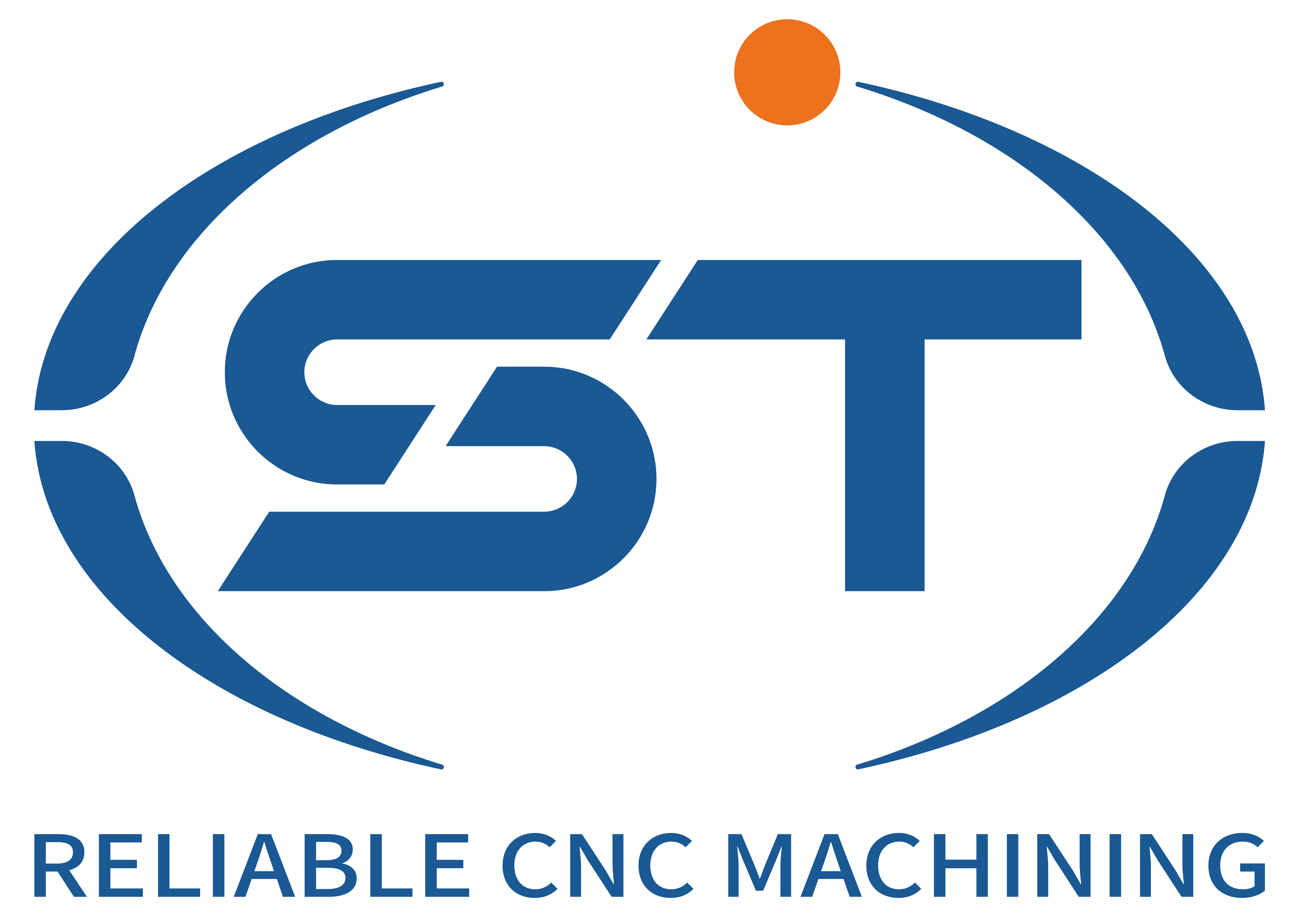The ЧПУ обработки of aluminum alloy automotive parts involves multiple key links, each of which has a significant impact on the quality and performance of the final parts. The following are the main points of CNC machining for aluminum alloy automotive parts:
Содержание
ПереключениеFirst, preparations before processing
Material selection and inspection
Ensure that the selected aluminum alloy material meets the performance requirements of automotive parts, such as strength and corrosion resistance. Conduct a visual inspection of the materials to check for defects such as cracks and pores, and carry out necessary mechanical property tests.
Understanding the cutting performance of materials, different grades of aluminum alloys exhibit different cutting forces, cutting heat, tool wear conditions, etc. during cutting, so as to select appropriate processing parameters and tools subsequently.
Analysis of part Drawings
Carefully study the part drawings to clarify the technical requirements such as the shape, dimensional accuracy, surface roughness, and form and position tolerances of the parts. For complex aluminum alloy automotive parts, special attention should be paid to key dimensions and tolerance zones to ensure precise control during the processing.
Analyze the processability of the parts and consider how to reasonably arrange the processes in CNC machining to avoid situations where difficult-to-machine parts or multiple clamping is required, resulting in a decrease in accuracy.
Process planning
According to the characteristics and requirements of the parts, formulate a reasonable numerical control processing technology route. The processing sequence is generally determined following the principles of rough processing first and then fine processing, reference processing first and then other processing, surface processing first and then hole processing, etc.
Select the appropriate clamping method to ensure that the parts are accurately positioned and reliably clamped during the processing. At the same time, minimize the number of clamping operations to improve processing accuracy and production efficiency.
Plan the tool path, taking into account the tool’s entry and exit methods, cutting directions, etc., to avoid interference between the tool and the part. At the same time, optimize the tool path to improve processing efficiency.
Second, tool selection and usage
Selection of cutting tool materials
Aluminum alloy is relatively soft in texture, but it is prone to built-up edge during cutting, which affects the quality of the machined surface. Therefore, the material of the cutting tool should have good wear resistance, anti-adhesion and thermal conductivity. Commonly used cutting tool materials include cemented carbide, coated cemented carbide, etc. Coated hard alloy cutting tools are coated with a layer of wear-resistant and high-temperature resistant coating on the surface, which can further increase the service life of the tools and the processing quality.
The geometric parameters of the cutting tool are determined
The rake Angle: Appropriately increasing the rake Angle can reduce the cutting force, lower the cutting temperature, and decrease the formation of built-up edge. For aluminum alloy processing, the rake Angle is generally selected between 10° and 25°.
Relief Angle: The relief Angle mainly affects the sharpness of the tool and the friction between the rear tool face and the workpiece. When processing aluminum alloys, the relief Angle can be appropriately larger, generally between 6° and 12°, to reduce the friction between the rear face of the tool and the machined surface and improve the surface quality.
The main deflection Angle and secondary deflection Angle: The size of the main deflection Angle and secondary deflection Angle affects the working length of the cutting edge and the heat dissipation conditions. Under the premise of ensuring the strength of the cutting tool, appropriately reducing the main and secondary deflection angles can decrease the height of the residual area on the machined surface and improve the surface roughness. The main deflection Angle is generally selected between 45° and 90°, and the secondary deflection Angle is selected between 5° and 15°.
Edge Angle: The edge Angle mainly affects the direction of chip outflow and the strength of the cutting edge. In aluminum alloy processing, the cutting edge inclination Angle is generally selected between 0° and 10°, allowing the chips to flow towards the surface to be processed and avoiding scratching the already processed surface.
Tool wear monitoring and replacement
During the processing, pay close attention to the wear of the cutting tools. By observing the shape and color of the chips, listening to the changes in the cutting sound, and regularly measuring the dimensional accuracy and surface roughness of the machined parts, it can be determined whether the cutting tool is worn. When the cutting tool wears to a certain extent, affecting the processing quality and efficiency, it should be replaced in time.
Third, key points of numerical control programming
Programming coordinate system setting
Select the programming coordinate system reasonably and try to make the programming origin of the part coincide with the design reference and process reference as much as possible to reduce the error caused by the non-coincidence of the reference. Meanwhile, the convenience of clamping and the feasibility of processing should be taken into consideration.
Cutting parameter setting
Cutting speed: The cutting speed of aluminum alloy is relatively high, but an excessively high cutting speed will lead to accelerated tool wear, increased cutting temperature, and affect the processing quality and tool life. The selection of cutting speed should be comprehensively considered based on factors such as tool material, workpiece material, and tool geometric parameters. Generally speaking, when hard alloy tools are used to process aluminum alloys, the cutting speed can be selected within the range of 200 to 800m/min.
Feed rate: The magnitude of the feed rate directly affects the processing efficiency and surface quality. Excessive feed rate will increase the cutting force, resulting in a deterioration of the surface roughness of the parts. If the feed rate is too small, the processing efficiency will be low. Under the premise of ensuring processing quality, a larger feed rate should be selected as much as possible. For aluminum alloy processing, the feed rate is generally between 0.1 and 0.5mm/r.
Cutting depth: The cutting depth should be determined based on factors such as the machining allowance of the part, the strength of the tool, and the rigidity of the machine tool. During rough machining, a larger cutting depth can be selected to improve the processing efficiency. During finish machining, the cutting depth should be relatively small to ensure the dimensional accuracy and surface roughness of the parts.
Program optimization
Optimize the numerical control program to reduce unnecessary idle travel and improve processing efficiency. For instance, arrange the tool’s advance and retreat routes reasonably to prevent the tool from repeatedly moving on the surface of the part. Meanwhile, attention should be paid to the simplicity and readability of the program to facilitate subsequent modifications and maintenance.
Fourth, process control during processing
Machine tool operation and monitoring
Operators should be familiar with the operating procedures of CNC machine tools and strictly follow the operation steps. During the processing, closely monitor the operating status of the machine tool, such as the changes in parameters like spindle speed, feed rate, and cutting force, as well as whether there are any abnormal vibrations or noises on the machine tool. Once any abnormality is detected, the machine should be stopped immediately for inspection. Only after the fault is eliminated can processing be resumed.
Use of cutting fluid
When processing aluminum alloys, the use of appropriate cutting fluid can play a role in cooling, lubricating, cleaning and rust prevention. Cutting fluid can effectively reduce the cutting temperature, decrease tool wear and improve the quality of the machined surface. The appropriate cutting fluid, such as emulsion or synthetic cutting fluid, should be selected based on the processing requirements and the characteristics of the aluminum alloy material. During the processing, it is necessary to ensure an adequate supply of cutting fluid and replace it regularly to keep it clean.
Dimensional accuracy and surface quality inspection
During the processing, the dimensional accuracy and surface quality of the parts are regularly inspected. Use appropriate measuring tools, such as calipers, micrometers, and three-coordinate measuring machines, to measure key dimensions and ensure that the dimensions of the parts meet the requirements of the drawings. Meanwhile, the surface quality of the parts is inspected through visual inspection, surface roughness measurement and other methods, such as whether there are scratches, burrs, built-up edge and other defects. If dimensional deviation or surface quality is found to be substandard, the processing parameters should be adjusted in a timely manner or other measures should be taken for correction.
Fifth, post-processing treatment
Deburring and cleaning
After processing is completed, there may be burrs, chips and other residues on the surface of the parts. Use appropriate tools, such as files and sandpaper, to remove burrs from the surface of the parts and ensure that the edges of the parts are smooth. Then, the parts are cleaned to remove impurities such as cutting fluid and oil stains. Cleaning agents or ultrasonic cleaning methods can be used to ensure the cleanliness of the parts.
Anti-rust treatment
Although aluminium alloy has a certain degree of corrosion resistance, it may still corrode in a humid environment. Therefore, anti-rust treatment should be carried out on the processed aluminum alloy automotive parts, such as applying anti-rust oil or anti-rust paint, to extend the service life of the parts.




